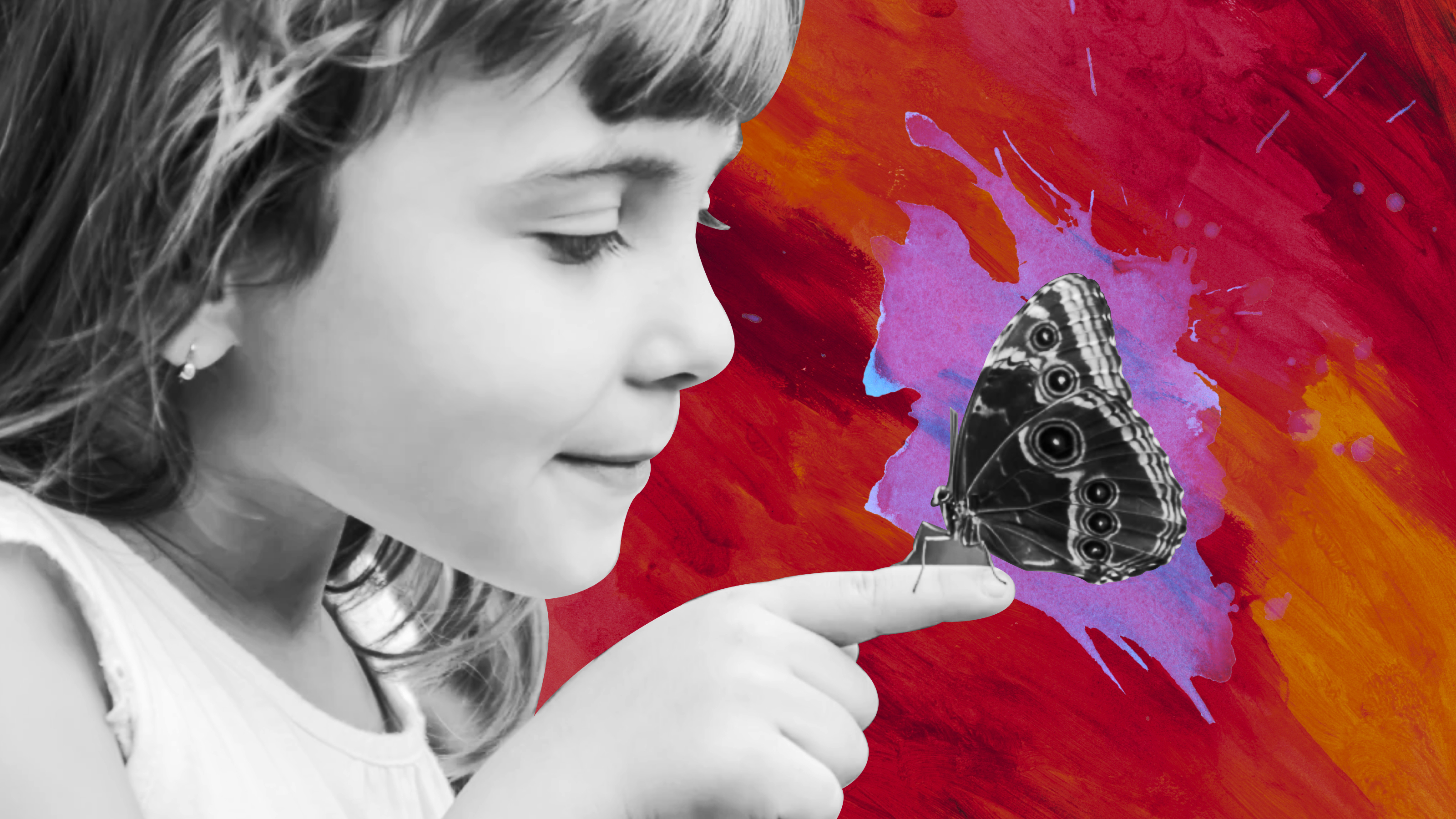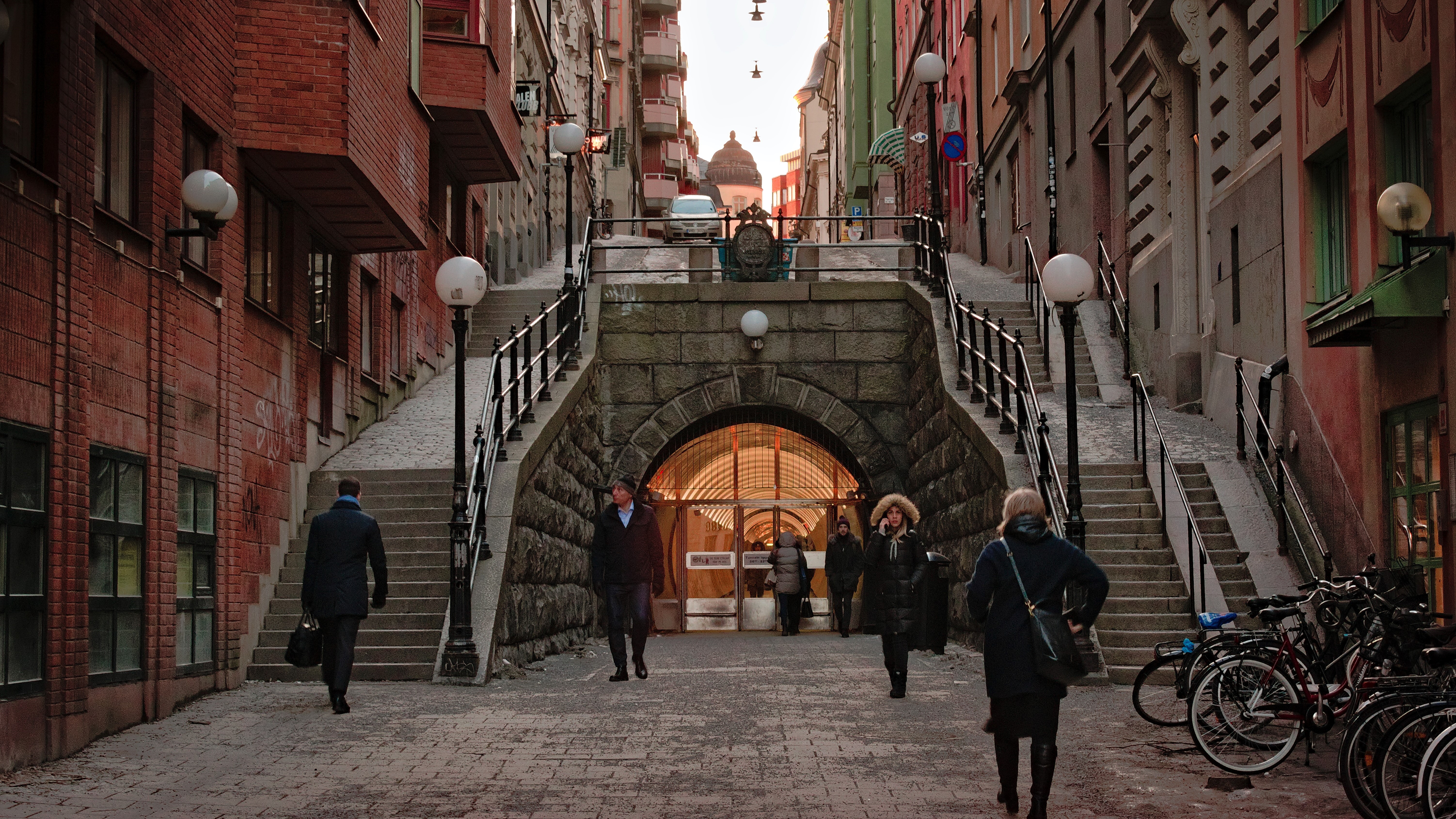Preliminary evidence that lonely people lose the reflex to mimic other people’s smiles, potentially sustaining their isolation

Loneliness is a “disease”, associated with an increased risk of death equivalent to smoking 15 cigarettes a day.
Strides have been made in understanding what form of loneliness is damaging(a lack of close relationships with other people, rather than a lack of relationships per se), but ways to tackle loneliness are badly needed. Now a new study, available as a preprint on PsyArXiv, reveals a way in which loneliness seems to be maintained and, therefore, a potential route to an intervention.
A popular model of loneliness holds that it is maintained by abnormal processing of the social signals – such as smiles and eye contact – that underlie positive social interactions. One consequence of this abnormal processing could be a failure to automatically mimic other people’s facial expressions – a phenomenon that occurs naturally during most social interactions. To investigate for the first time whether this is the case, Andrew Arnold and Piotr Winkielman at the University of California, San Diego conducted a small, preliminary study on 35 student volunteers.
The students first completed three scales that measured their loneliness, depression and personality. Based on the loneliness results, they were classed as either lonely or not lonely. Next they had electrodes attached to two pairs of their own facial muscles important for generating emotional expressions – regions of the zygomaticus major (smiling) muscles in the cheeks, and also the corrugator supercilii (frowning) muscles in the brow. They were then shown video clips of men and women making facial expressions of anger, fear, joy and sadness.
Scales that they were given to complete showed that the lonely and non-lonely students were equally good at distinguishing between facial expressions, and there were no group differences in the strength of “negative emotion” ratings to anger, fear and sadness or “positive” ratings to joy. So the lonely people could recognise and understand emotional expressions just as well as the non-lonely group. However, there were important differences in how their own faces responded spontaneously to the video clips.
When members of both groups saw videos of people displaying anger, for example, their own brows moved to automatically mimic this expression. But when the expression in the video was of joy, only the “non-lonely” group automatically smiled in response. The participants’ scores on depression and on extraversion bore no relation to this finding. It was loneliness that made the difference.
The researchers checked that the lonely group could deliberately mimic smiles, as well as frowns (which they could). They also found that the lonely group smiled automatically while viewing “non-social” positive images (such as nature scenes) that also made the other group smile. These images didn’t include people (or if they did, their facial expressions weren’t obvious.)
The findings suggest that a failure to mimic other people’s smiles automatically could be playing a role in loneliness. A failure to mimic a smile might send an antisocial signal to others, the researchers note, undermining social connections, and leading to social disconnect. “Indeed, this could be one behavioural mechanism that maintains chronic loneliness,” they add.
This is a small study, and it can’t speak to the causal direction: does loneliness lead to a problem with smile mimicry or is it the other way around? But it does suggest a new target for addressing loneliness, and for further research into the role it might potentially play in real-world encounters.
“Given the serious problem of loneliness in society and its danger to health, more research on how it presents in everyday social interactions is useful for greater understanding of and treatment of the condition, ourselves and each other,” the researchers write.
—Smile (but only deliberately) though your heart is aching: Loneliness is associated with impaired spontaneous smile mimicry [this study is a preprint meaning that it has yet to be subjected to peer review and the final published version may differ from the version on which this report was based]
Emma Young (@EmmaELYoung) is Staff Writer at BPS Research Digest.
Reprinted with permission of The British Psychological Society. Read the original article.





